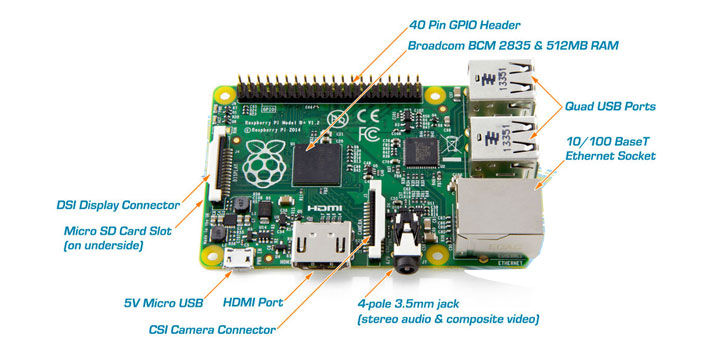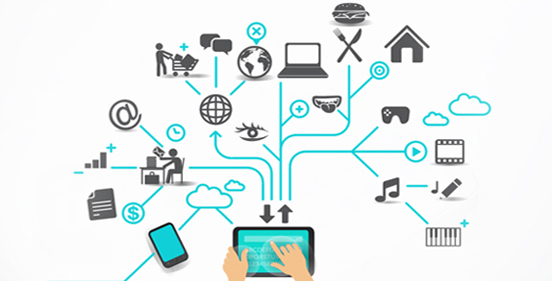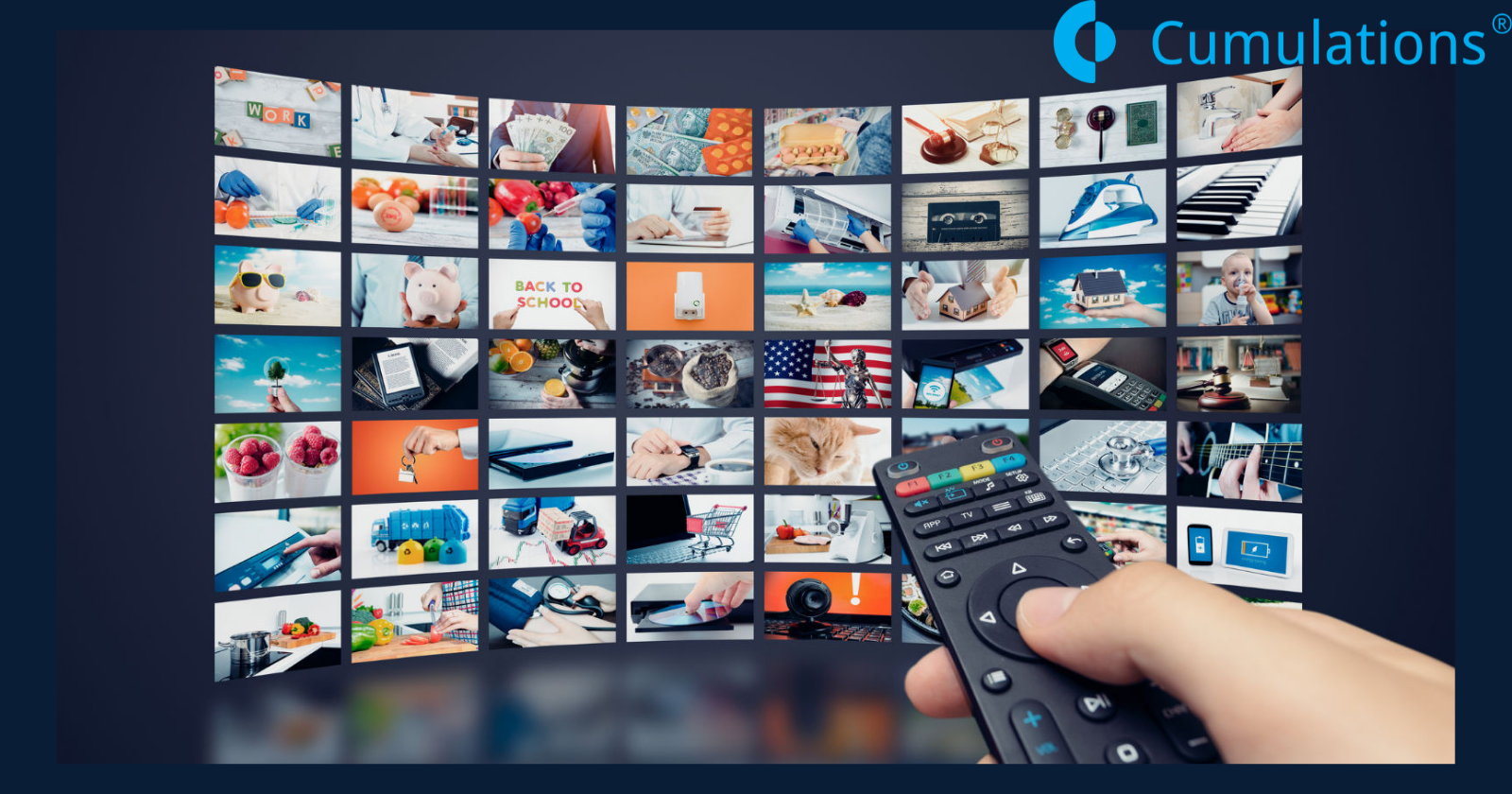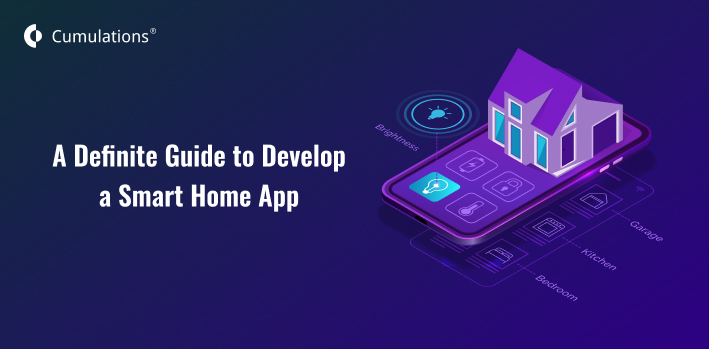
As much as the name sounds like a tempting confectionery, it is very ironical that Raspberry Pi is actually a series of credit-card sized computers. It is more like a complete Linux computer but slower than a modern desktop or a laptop and provides all the required abilities at low-power consumption levels. The UK-based charity, The Raspberry Pi Foundation, initially released the first version of Raspberry Pi in 2012, in an effort to make computer science education feasible and affordable to pre-college students. Due to its affordable price and compact size, it has been quickly adopted by professionals, electronic makers, free lancers, college students, etc.
What’s best about Raspberry Pi is that even with minimum knowledge of coding, anyone can program it in any way they like, from running Windows 10 to even building a mini computer. It is an open hardware except for the internal primary chip. Since then, several upgraded versions of Raspberry Pi have been released. Two versions of models, A and B (now upgraded to A+ and B+) are released with the difference that model A, which is cheaper, comes with one USB port and 256 MB RAM. The B version has 2 ports for USB, an Ethernet connection port along with 512 MB of RAM.
The Working
There are two ways to connect the Raspberry Pi to other devices, wired and wireless sources. The wired sources can be connected through HDMI (High-Definition Multimedia Interface), VGA (Video Graphics Array), USB (Universal Serial Bus) cables, etc. The wireless sources could be connected using Bluetooth devices, closed controlled networks like NFC (Near Field Communication) devices or wide-range Wi-Fi or internet services. The mobile applications of this device are innumerable. For example, the combination of Arduino (a microcontroller board) along with Raspberry Pi can be used for good automated home-based solutions using the Internet of Things (IoT). Since these two devices have many inputs and output sensory-add ons, they can be used to automate any task coded into it, like temperature control, light controls, feeding your pets or even security controls of the house.
Must read: AndroidThings: Reading Analog Pulse data in Raspberry Pi via ADC
The Raspberry Pi is connected to the other devices through integrated circuits or the GPIO (general purpose input/output) and it can be used to get the desired output after coding. Once the final goal of the device is defined, there are many software applications which can be used to program the apps accordingly, like, MATLAB, Java, Eclipse, etc. With the GPIO pins, the RasPi is used as a controller for hardware and with soft wares, all the tools and enterprise libraries that are available can be used by a programmer to design and code for the required result.
The Application
Raspberry Pi can be even used for sensory and gesture controlled motions, for example, it can be used to control a speaker in another room using gesture-controlled motions from another room. The Titan Conference Room Automation was a big success in this regard, as Cumulations built an Android app which enabled the automated control of the conference room and all the gadgets through the use of gestures.
The tablet app communicates with the gadgets through the Arduino gateway via Bluetooth. The features of the app include changing the color of the mood lighting, recording voice during a presentation, providing support for presentation & video conferencing, configuring Wi-Fi to the Arduino board, switching the lights on & off, etc. The app which is designed for internal purposes communicates data very efficiently through the Bluetooth serial library. Raspberry Pi in combination with other devices can be used to create innovative devices with varied applications.
It can also be programmed with a mobile user interface and can be used to control Android-based devices through various wireless or wired connection options. As per CNET suggestions, Raspberry Pi could play a major role in the future models of gesture/sensor controlled televisions, in robotics to control a robotic arm, in cloud servers, home automation, etc. It’s programmable interface allows users to program the device for various functions with the basic knowledge of programming.
The Future
Since Internet of Things App Development involves the bringing together of sensors, devices, cloud, data, etc., its combination with Raspberry Pi can provide the right platform to experiment with building various devices with IoT. It can be used in combination with humidity and temperature sensors, can be used as a central controller for other low-powered controllers, make relaxing music projects (under trail presently), can be used to create a media center with simple input/output variations, etc. As of now, many projects are under development phase with the use of Raspberry Pi, some of them which can be immensely useful like gesture-controlling in cars to detect any hard-core threats or to enable safety.
Big Things in a Small Package
The size of Raspberry Pi and its ever evolving abilities for performing various functions as a low-power computer is gaining international attention. From aiming to provide school children with an opportunity to learn the concepts of computer science, Raspberry Pi is now used to develop the robotic movements of advanced robots. Though it comes in a small package, it provides a myriad of new opportunities to explore the unexplored and enables individuals to think “out-of-the-box”. As more and more people are discovering its versatile functioning, innovative ideas for better technologies in the future have evolved. It’s only a matter of time now before it starts really picking up.
Related read: 8 Things you should know about Distribution of IoT


 +91-984-5825982 | +91-996-4689921
+91-984-5825982 | +91-996-4689921 sales@cumulations.com
sales@cumulations.com Send your requirement
Send your requirement 



